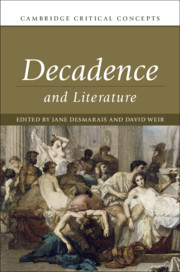Part I - Origins
Published online by Cambridge University Press: 12 August 2019
Summary
The Romans had a difficult relationship with the kind of luxury and excess that we think of as indicators of moral and social decadence. But in many ways they revelled in such luxury. Readily accepting the financial rewards of empire, they spent huge sums on their own benefits. Whether in the colossal public games in the amphitheatre and the circus, in the opulent imperial bath complexes, or in extravagant private villas, Romans of all social levels delighted in the very best that life was thought to offer. Chapter 1 examines how far the evidence supports this somewhat melodramatic view of Rome by looking at the ways in which luxury spread in the Roman world. It also looks at the ways this growth in luxury compelled the Romans to create new concepts to understand the phenomenon. Luxury was almost never seen as a simple index of increased wealth. Rather, it raised all manner of moral issues among Rome’s ruling classes, many of which long outlived the end of the Roman empire itself.
Keywords
- Type
- Chapter
- Information
- Decadence and Literature , pp. 13 - 130Publisher: Cambridge University PressPrint publication year: 2019



